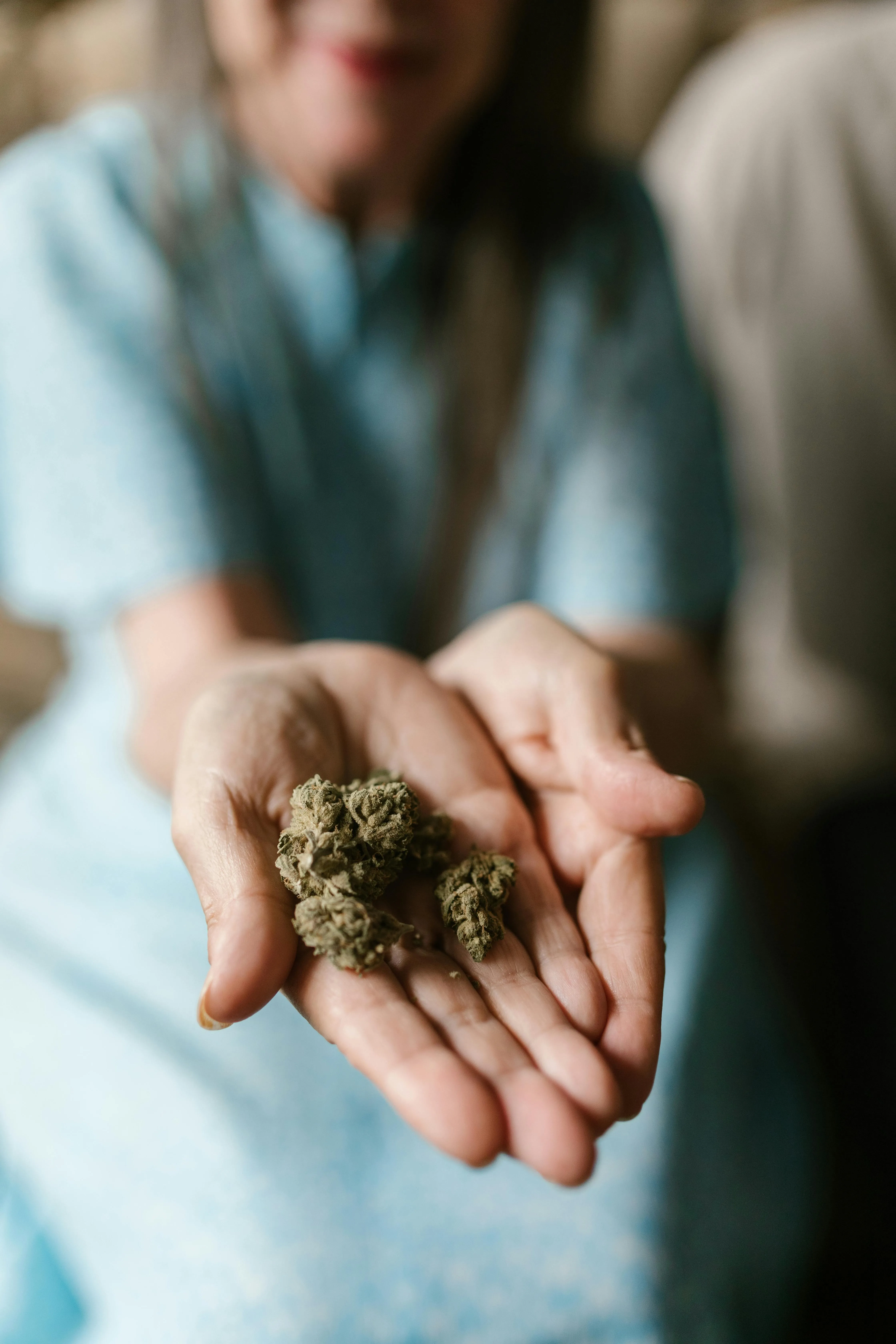Growing Green: A Fun and Friendly Guide on Buying Your Own Weed Plant
Hello, green-thumbed friends! Are you ready to embark on an exciting new journey? If cultivating your very own marijuana plant has been on your ‘to-do’ list for a while now, then sit back, relax, and let us be your friendly guide through the wondrous world of growing weed.
First things first, finding the perfect seed is crucial to your budding endeavor. Not all seeds are created equal, so it’s essential to find one that suits your preferences and growing conditions. Some strains offer a higher yield, while others focus on potency or flavor. Researching various cannabis strains will help you pick the right seed for your unique needs.
Once you’ve picked out your perfect seed, the next step is germination. To do this, follow these simple steps:
1. Soak your seeds in water for 12 to 24 hours, ensuring they are fully saturated but not floating on top of the water.
2. Place the damp seeds between two wet paper towels and cover them with a plate or container to keep them warm (ideally around 70-85°F).
3. Check your seeds daily for signs of germination, such as the appearance of a tiny white root. When you see this, it’s time to plant your baby cannabis seed!
Now, let’s talk about soil selection. A high-quality, nutrient-rich potting mix will ensure that your plant gets off to a strong start. Some growers prefer organic soils for a more sustainable approach, while others opt for hydroponic systems for faster results. Whatever your choice, make sure it provides good drainage and proper aeration for the roots to thrive.
The next step is finding the perfect home for your seedling. Choose a container that offers enough space for root growth but is not too large, as this can cause problems like nutrient deficiencies or damping off fungus. A five-gallon pot is typically ideal. Fill it with your chosen soil mixture, leaving about an inch at the top for planting and watering.
When your seedling has germinated and grown two sets of true leaves (cotyledons don’t count!), it’s time to transfer it to its new home. Gently remove your seedling from its damp paper towel, making sure not to disturb the fragile root system. Create a small hole in the soil using a pencil or similar tool, and place the seedling inside, ensuring the roots are pointed downward.
Now that your plant is settled in its new home, it’s time to provide the care it needs to thrive. Adequate light is crucial for photosynthesis, so ensure your cannabis plant receives around 18 hours of light per day during the vegetative stage. If you don’t have a grow light, a south-facing window will work as well.
Watering should be done with care to avoid over or under watering. Aim for moist soil but not soggy – think about how a well-watered houseplant should feel. Also, remember to feed your plant regularly with nutrients specifically formulated for cannabis plants to ensure it receives all the essential macronutrients and micronutrients needed for growth.
As your plant grows, you’ll need to train it by pruning any unnecessary branches and tying down the main colas (the largest bud sites) to encourage branching and increase yields. Additionally, be vigilant against pests and diseases that may threaten your crop, such as spider mites or powdery mildew.
Finally, after about 3-4 months of growth, your plant will be ready for harvest. The optimal time to cut down your cannabis plant is when the trichomes (the tiny crystalline structures on the flower buds) appear amber in color. Once harvested, dry and cure your buds properly to preserve their potency and flavor before enjoying the fruits of your labor!
Growing weed can be a fun, rewarding hobby that allows you to appreciate the beauty and complexity of cannabis plants. Following these steps will set you on the path towards a successful home grow operation. Good luck, and happy growing!